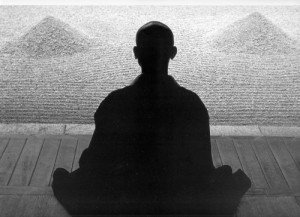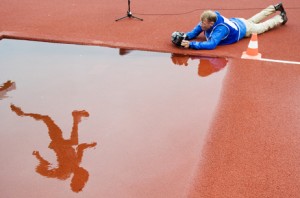
We all want it. We all have trouble achieving it. What is the great mystery about relaxation and why does it elude us so? Leave it to the Buddhist scholars to clue us in on the secret…
Two Ways of Learning Relaxation
by Shinzen Young
There are two ways of learning relaxation, because there are two distinct levels at which a person can relax. I speak of top-to-bottom relaxation versus bottom-to-top relaxation. “Top” refers to the surface conscious mind, “bottom” the deep unconscious.
Top-to-bottom relaxation is what most people think of when they think of relaxation. It’s voluntary relaxation, like a progressive relaxation where you make an effort to relax. When a person sits to meditate I think it is good to do whatever possible to relax the overall body. I usually try to get an overall sense of the body relaxing. I call it a “settled-in” sense. For example, I notice that during sitting sometimes my shoulders will come up, so I’ll relax them as an act of conscious intention…
For the complete piece click here to go to iJourney.org.
Share


